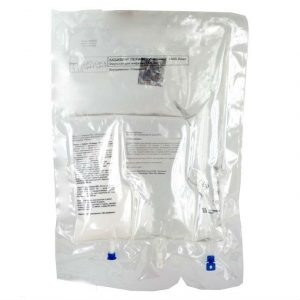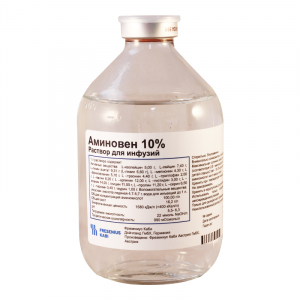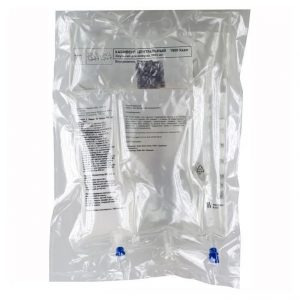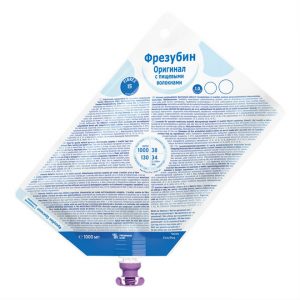Description
Pharmacological action
Participates in various metabolic processes in the body.
Infusion of dextrose solutions partially replenishes the water deficit.
Dextrose, entering the tissue, phosphorylates, turning into glucose-6-phosphate, which is actively involved in many parts of the body’s metabolism. A 5% dextrose solution is isotonic with blood plasma. Hypertonic solutions (10%, 20%, 40%) increase the osmotic pressure of the blood, increase diuresis.
Theoretical osmolarity of 10% dextrose – 555 mOsm / l, 20% – 1110 mOsm / l.
Indications
hypoglycemia
carbohydrate malnutrition
toxicoinfection
intoxication in liver diseases (hepatitis, dystrophy and atrophy of the liver, including hepatic failure)
hemorrhagic diathesis srdlprdkrdprrdpkrdprrdpdrklpdrklpdrklpdrklpdrklpdrklpdrklpdrklpdrklpdrklpdrklpdrklpdrklpdrklpdrklpdrklpdrklpdrklpdrklpdrkdrkp shock.
Contraindications
hyperglycemia
hyperlactacidemia
hyperhydration
postoperative disorders of glucose utilization
circulatory disorders that threaten cerebral and pulmonary edema
acute cerebrospinal ulcer hypersensitivity.
Precautions: decompensated chronic heart failure, chronic renal failure (oligo-, anuria), hyponatremia, diabetes mellitus.
Special instructions
Monitoring electro-electrolyte balance.
To increase osmolarity, a 5% solution can be combined with an isotonic sodium chloride solution.
For a more complete and fast absorption of glucose, administered in large doses, at the same time, s / c 4-5 IU of short-acting insulin can be administered at the rate of 1 IU of insulin per 4-5 g of glucose.
Patients with diabetes mellitus are administered glucose under the control of its content in the blood and urine.
Influence on the ability to drive vehicles and control mechanisms
Adverse effects on the ability to drive vehicles and work with mechanisms have not been identified.
Composition
1 ml dextrose 0.05 g
Excipients:
sodium chloride 0.00026 g,
hydrochloric acid solution 0.1 M to pH 3.0 – 4.1,
water d / and up to 1 ml.
Theoretical osmolarity 277 mOsm / l
Side effects
Hypervolemia, acute left ventricular failure if the rate of administration is exceeded – osmotic diuresis with loss of water, electrolytes and the development of hyperosmolar coma.
At the injection site – the development of infection, thrombophlebitis.
Overdose
Symptoms: hyperglycemia, glucosuria, hyperglycemic, hyperosmolar coma, hyperhydration, imbalance of water-electrolyte balance, increased liponeogenesis with increased CO2 production, which leads to a sharp increase in respiratory respiratory rate and fatty liver, as a result.
Treatment: stop administering glucose, administer short-acting insulin, symptomatic therapy.
Storage conditions
At a temperature of 5 to 30 ° C. Keep out of the reach of children.
Expiration
3 years
Terms and conditions
prescription
dosage form
infusion solution
Appointment
Nursing Moms, Pregnant By Prescription, Kids By Prescription, Adults By On nacheniyu Vracha




